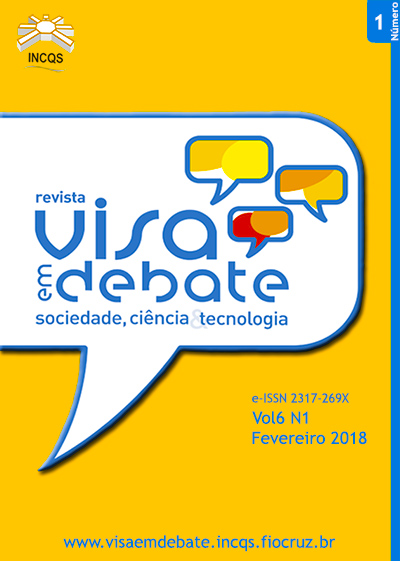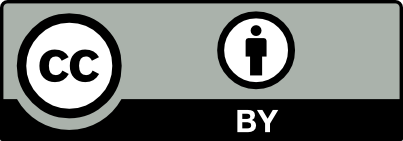Three-dimensional cell culture: nearing the gap between in vitro and in vivo models
DOI:
https://doi.org/10.22239/2317-269X.01047Keywords:
3D Culture, Alternative Model, Multicellular Spheroid, Organotypic Culture, OrganoidAbstract
Introduction: Biotechnological advances in association with the pressure to substitute animal experimentation impelled the development of in vitro models that are more physiological and predictive of in vivo response. Objective: To discuss advantages and limitations of threedimensional (3D) cell culture models. Method: Review of the scientific literature at PubMed using the keywords “3D culture”, spheroid, organoid, “organotypic culture”, “alternative model”, microfluidic, organ-on-a-chip and biotechnology, individually and in different combinations. The search period was from 1971 to 2017. Results: Traditional monolayer cell culture assays, although extensively used, do not reproduce the cell-cell and cellextracellular matrix interactions that create physical and chemical gradients and that control cell functions, such as survival, proliferation, differentiation, migration, and protein and gene expression. 3D cell culture models are able to mimic more physiological microenvironment. The number of manuscripts published in this period reflects the scientific interest in the field. Conclusions: Although 3D models have unequivocally contributed to the bioengineering, morphogenesis, oncology, and toxicology fields, many challenges remain. The high cost of some of these models, to reproduce the mechanical spatiotemporal features of the tissues, as wells as the lack of standard protocols should be taken into account. Here we discuss the advantages and limitations of some 3D cell culture models.Downloads
Downloads
Published
Issue
Section
License
Copyright (c) 2018 Health Surveillance under Debate: Society, Science & Technology (Vigilância Sanitária em Debate: Sociedade, Ciência & Tecnología) – “Visa em Debate”

This work is licensed under a Creative Commons Attribution-NonCommercial-NoDerivatives 4.0 International License.
COPYRIGHT ALLOWANCE The author (s) hereinafter designated as the ASSIGNOR hereby assign and transfer, free of charge, the ownership of the copyrights related to this ARTICLE to the Vigilância Sanitária em Debate: Sociedade, Ciência & Tecnologia (Health Surveillance under Debate: Society, Science & Technology) – Visa em Debate, represented by FUNDAÇÃO OSWALDO CRUZ, established at Av. Brasil, nº 4365, Manguinhos, Rio de Janeiro, RJ, Brazil, CEP 21045-900, under the conditions set out below: (a) The terms and conditions set forth in this Agreement shall apply to the following: 1. The ASSIGNOR declares that they s(he) is (are) the author (s) and owner (s) of the copyrighted property of the ARTICLE submitted. 2. The ASSIGNOR declares that the ARTICLE does not infringe the copyrights and / or other property rights of third parties, that the disclosure of images (if any) has been authorized and that they s(he) assume(s) full moral and / or property liability for its content, before third parties. 3. THE ASSIGNOR assigns and transfers all copyrights relating to the ARTICLE to the ASSIGNEE, especially the rights of editing, publication, translation into another language and reproduction by any process or technique. The ASSIGNEE becomes the exclusive owner of the rights related to the ARTICLE, and any reproduction, totally or partially, is prohibited in any other means of publicity, printed or electronic, without prior written authorization from the ASSIGNEE. 4. The assignment is free and, therefore, there will be no remuneration for the use of the ARTICLE by the ASSIGNEE.







